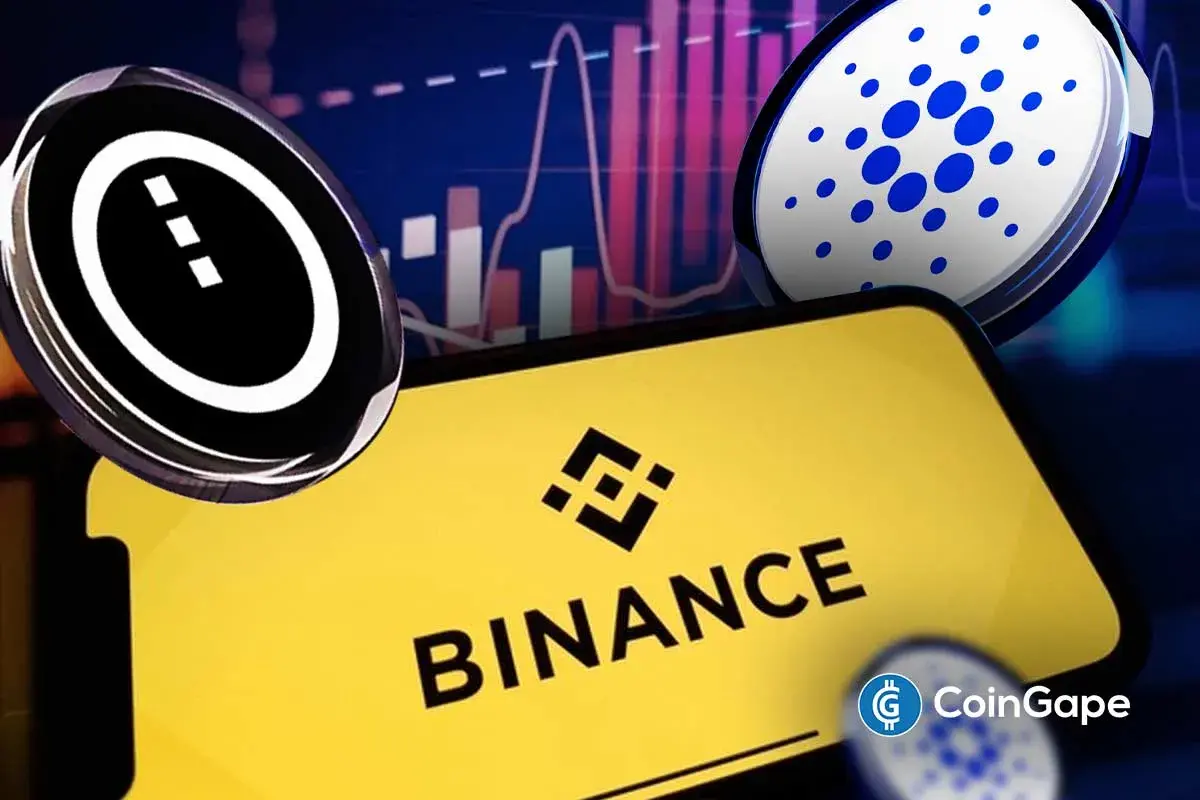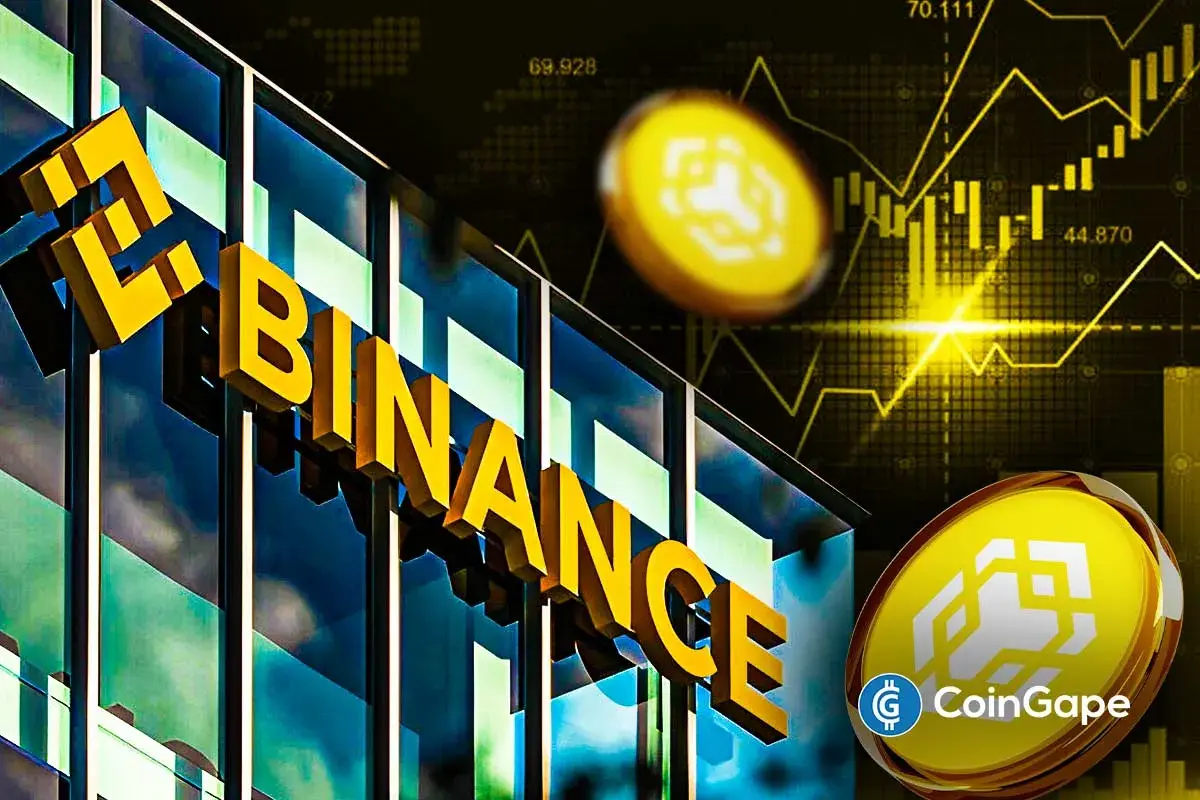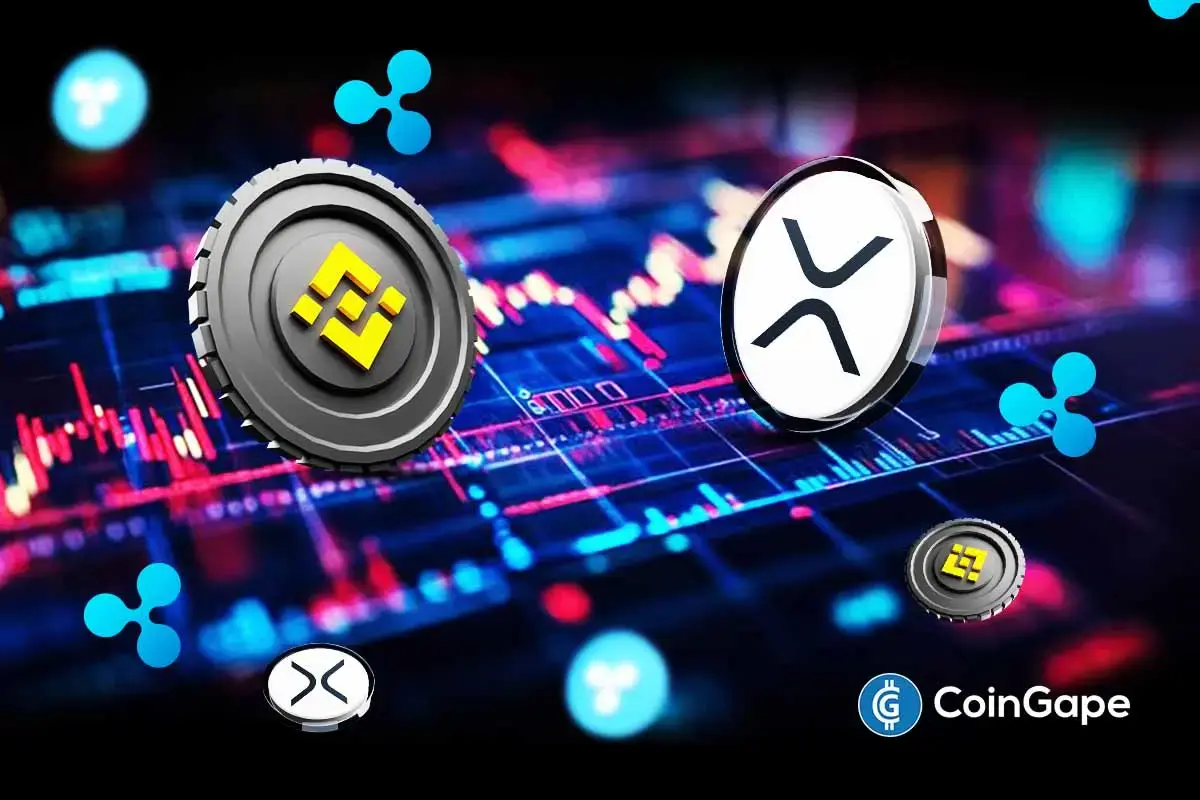Polygon-Binance Face Allegations: ChainArgos Claims Suspicious Token Mismanagement

In a series of posts on X, ChainArgos, a blockchain intelligence firm, has raised serious allegations about the Polygon network. The allegations are particularly about token allocations and suspicious transfers to exchanges.
ChainArgos investigation claims discrepancies between Polygon’s publicly stated plans for token allocation and the actual movement of tokens.
According to the firm, a significant issue lies in the allocation of tokens for the Launchpad Sale and Staking.
The case of “missing” tokens
The blockchain intelligence firm has documented its findings in a spreadsheet, accessible online, which compares expected amounts with actual allocations.
3/ We've made a spreadsheet of some expected amounts here.https://t.co/buMw8wDRyv pic.twitter.com/MMORguSyrN
— ChainArgos (@ChainArgos) January 15, 2024
It points to two primary contracts within the Polygon network: a “vesting contract,” which is responsible for unlocking token flows, and a “foundation contract.” The latter appears to manage not only the foundation’s operations but also the entirety of token allocations. The outflows from this foundation contract suggest it controls all 10 billion total tokens.
The investigation also claims that while the top entry of 1.2 billion tokens likely corresponds to the Launchpad Sale, discrepancies arise with the staking allocations. The data indicates that the cumulative flow into the staking contract was from 0 to 800 million, whereas the allocation table suggested it should be from 400 million to 1.2 billion, as per ChainArgos .
That said, ChainArgos identified that an estimated 400 million “missing” tokens were transferred to an address labeled “Binance 33” on Etherscan. This address received a single flow of 400 million tokens, with subsequent outflows that the firm asserts are unrelated to staking activities.
Alleged collusion of Polygon and Binance
Further probe by ChainArgos shows that an address, 0x2f4Ee65D536c5a2Dd72004778167B30aeCb8719C, received 300 million MATIC from the “Binance 33” address. This address also received $467 million from a wallet labeled “Matic: Marketing & Ecosystem” on Etherscan. Notably, this address then sent 767 million tokens to Binance exchange wallets.
ChainArgos suggests a collusion between the Polygon team and Binance, inferring that tokens worth approximately a billion dollars were illicitly funneled. They also observed that the outflows from address 0x2f4ee correlate with significant market movements, implying manipulation.
Also Read: Polygon Hits Major Network Adoption Milestone, MATIC to Soar?
- Avalanche, Crypto Associations Held Key Meeting with US SEC Crypto Task Force
- Tidal Trust Files For ‘Bitcoin AfterDark ETF’, Could Off-Hours Trading Boost Returns?
- OCC Confirms That Banks Can Facilitate No-Risk Crypto Transactions
- Bitcoin, Ethereum, XRP, Solana Rally Ahead of Fed Rate-Cut Decision
- Bitwise Multi-Crypto ETF Featuring Bitcoin, Ethereum, XRP, Solana, Cardano Goes Live
- HYPE Price Drops 7% as $2.2M Shift and 10M Token Unlocks Stir Fear — What’s Next?
- Ethereum Price Breaks $3,390: What’s Driving 10% Surge?
- Shiba Inu Price Surges as Whale Transfers Hit Highest Levels Since June
- Bitcoin Price Alarming Patterns Point to a Dive to $80k After FOMC Decision
- Pi Network Price Could Surge to 15%, But Watch Out for This
- Cardano Price Prediction – Analyst Eyes 56% Rally as Taker Buy Dominance Strengthens

















